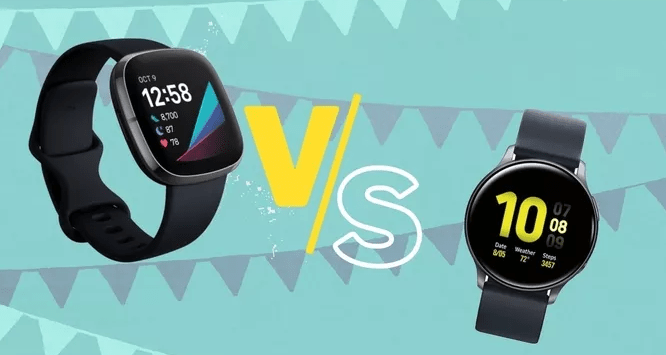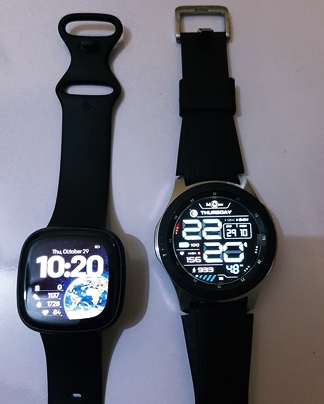
Fitbit has also overhauled the strap mechanism on the Versa 3 and now all you have to do to swap out bands is press a button. In theory, this works exactly like a real button, but the haptic feedback is nowhere near as satisfying as pressing a real button and it takes some getting used to.įortunately, not all the design changes have a learning curve. Instead of a physical button on the side of the watch like its predecessors, the Versa 3 now has an indented haptic side button. The Versa 3 lags a bit between swipes and takes a while to load apps and display information. And since Fitbit supports third-party watch faces, you have hundreds of different options to choose from.ĭespite its aesthetic improvements, the touchscreen and Fitbit interface still aren't as responsive as what you'd get on an Apple Watch or Galaxy Watch, which also have AMOLED screens.

It can stay always-on (as a toned-down version with fewer metrics displayed) to give you a quick glance at the time without moving your wrist. It's bright, crisp and easy to see in direct sunlight. The Versa 3 still has the same square-ish watch body and metal frame as its predecessor the Versa 2, but it now has a larger 1.58-inch AMOLED screen with slimmer bezels. As an added bonus, the Versa 3 costs $100 less than the Sense. While you don't get the stress tracker and FDA-cleared electrocardiogram (ECG or EKG) like the Sense, the rest of the Versa 3's smartwatch and fitness features are similar.

With an always-on display, built-in GPS, blood oxygen and temperature tracking during sleep, and a battery that lasts six days, the Versa 3 holds its own against some of its pricier competitors like the Apple Watch SE and even the Fitbit Sense. The Fitbit Versa 3 is Fitbit's best smartwatch for most people.


 0 kommentar(er)
0 kommentar(er)
